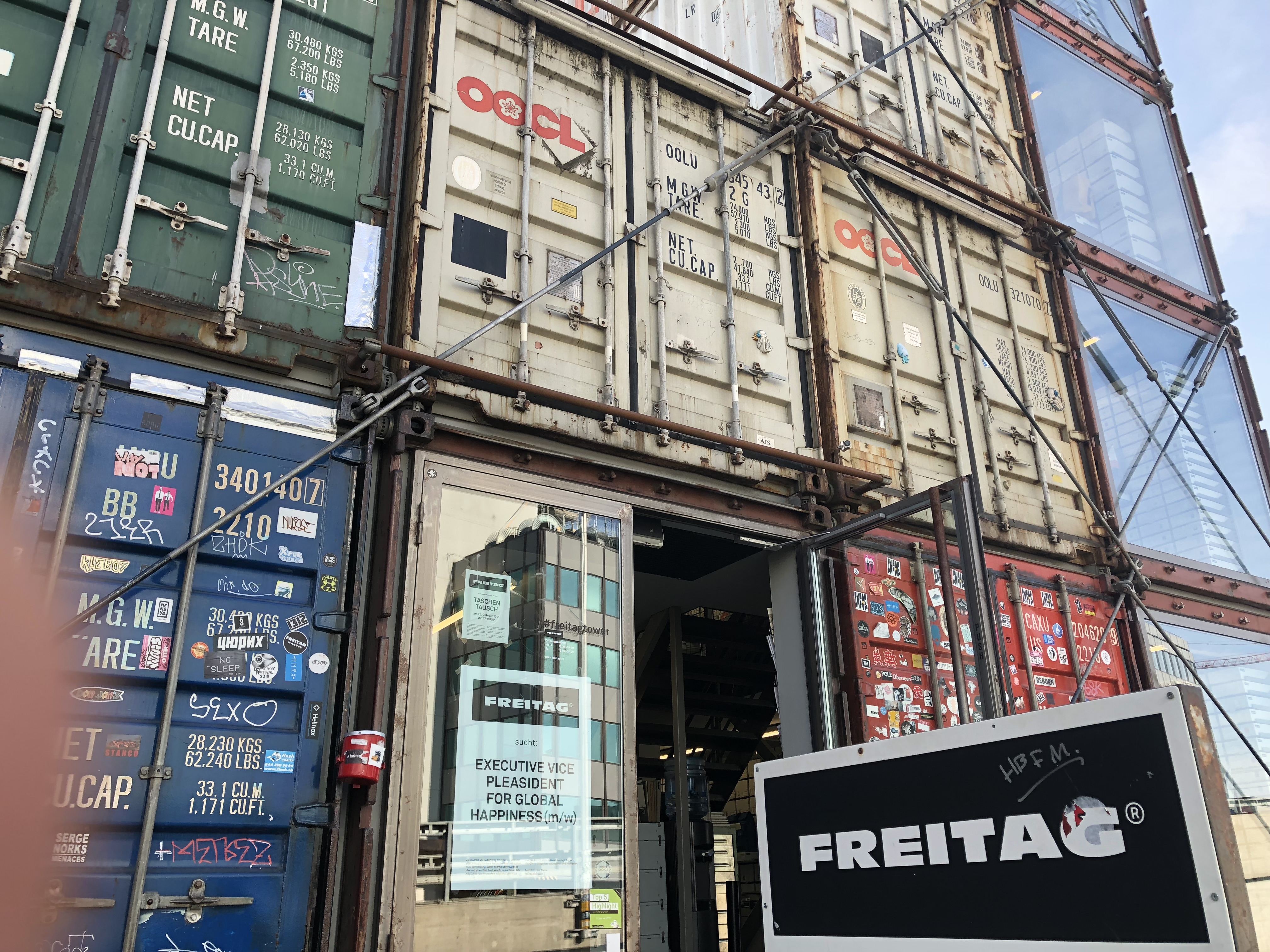Blog

Welcome to an uncertain and conceivably risky 2019. Despite multiple global hints of slower growth, I remain optimistic by the potential of the New Year.
On the horizon are multiple statistical landmarks that will "concentrate our minds". In 2019, half of the world will be online, India's GDP will overtake that of the UK, Nigeria's population will reach 200 million, and in USA millennials will outnumber baby-boomers to become the country's largest generation for the first time.
Inspired by one my favorite annual Economist editions, "The World in 2019", this post summarizes important global economic forecasts and looks at a few emerging risks. Timely to the upcoming NRF 2019 in New York, we will also discuss expected technology disruption and the positive prospects for the global retail industry in the New Year.
Economic Indicators Point to Continued Global Growth
- Details
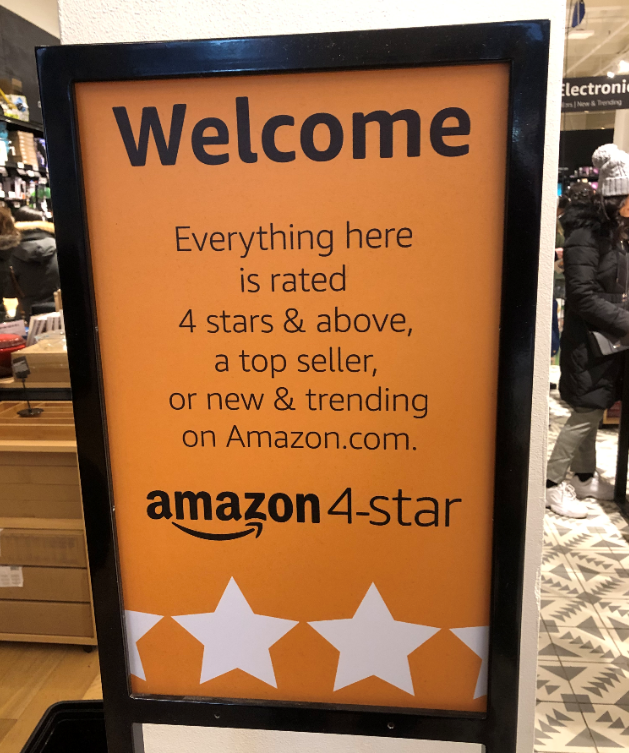 This past week had the opportunity to visit the new Amazon Four-Star physical retail store in New York City. Located in the chic Soho neighborhood, collectively the items in this store have an average rating of 4.4 stars.
This past week had the opportunity to visit the new Amazon Four-Star physical retail store in New York City. Located in the chic Soho neighborhood, collectively the items in this store have an average rating of 4.4 stars.
Visually let's walk through the store, read some early reviews, and understand why this is a worthy customer experience experiment on the road to the future of retail.
The Four-Star Reviews Are In
"It had $20 kitchen mittens resembling dog paws, $16 USB cables, a corn kernel stripper for $7.99, a $15 mug that reads “Believe in yourself.” Oh, and some Alexa stuff...sell quirky, random items - not low-price, everyday household goods - i.e. it isn't directly competing with Walmart or Target." - BuzzFeed
- Details
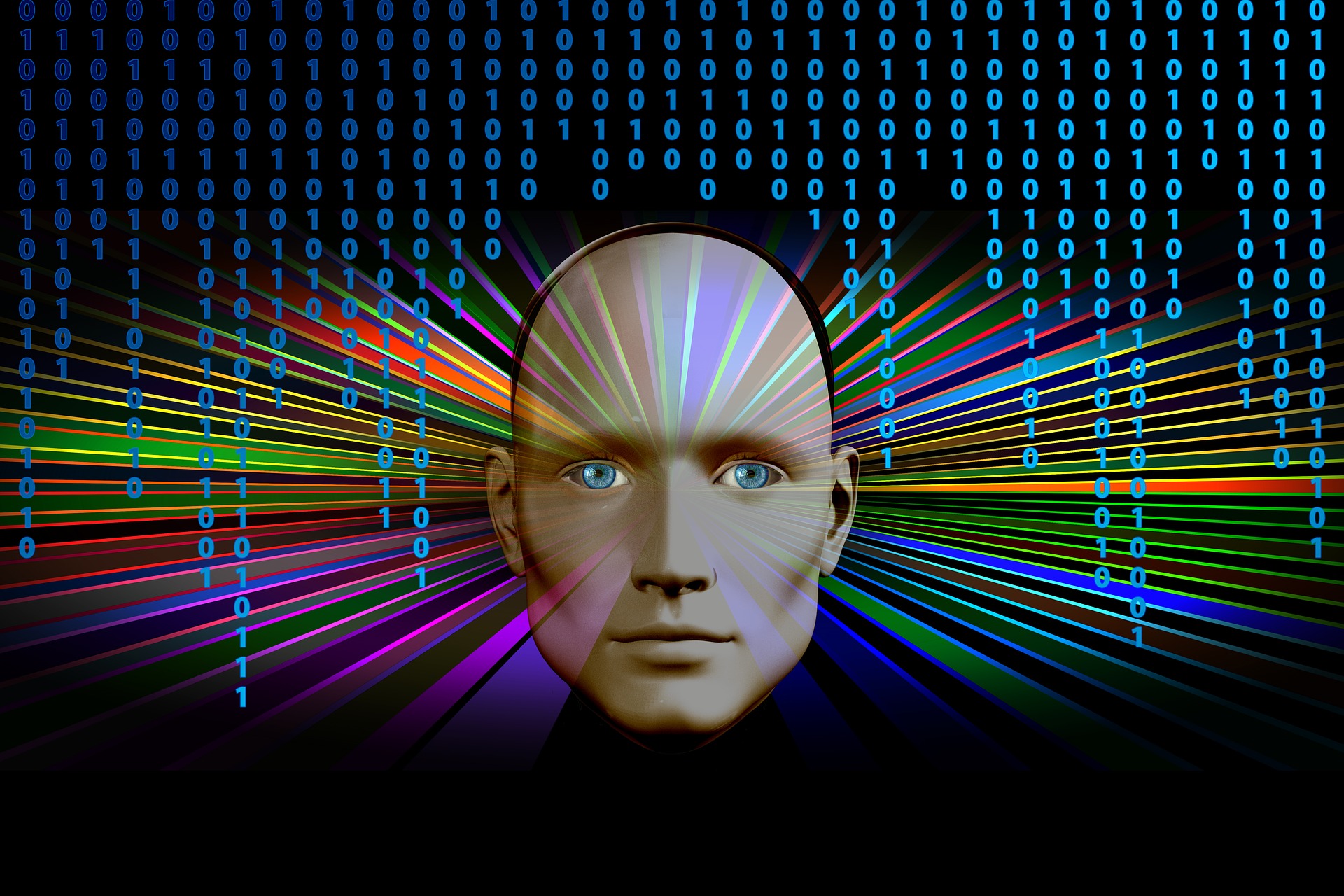
Originally published as a four-part series, this is the long-read version consolidating the latest research of the global forward march of facial recognition technologies. From Apple normalizing its acceptance, to disruption in the retail / security / healthcare industries, to the emergence of China as the FaceID innovation laboratory, and the ever-growing new global applications, we stare into your auspicious Internet of Things (IoT) future.
Your Face is The Next Computer Cookie

In January 2018, in a D&D Daily "Live from NY" interview, we debated the impact of iPhoneX on FaceID technologies. This new Apple iPhoneX had just placed the disruptive future of facial recognition technology in our pockets.
Less than a year later, it is surprising to observe the continued advanced deployments of FaceID solutions, especially outside the United States. For 2018, the global facial recognition market is valued at $3.97 billion and is estimated to reach $10.15 billion by 2025 at a CAGR of 14.35% during the forecast period.
Unlocking Smartphones with Your Face is Only the Beginning
- Details
The Surprising Global Forward March of Facial Recognition - Part 4
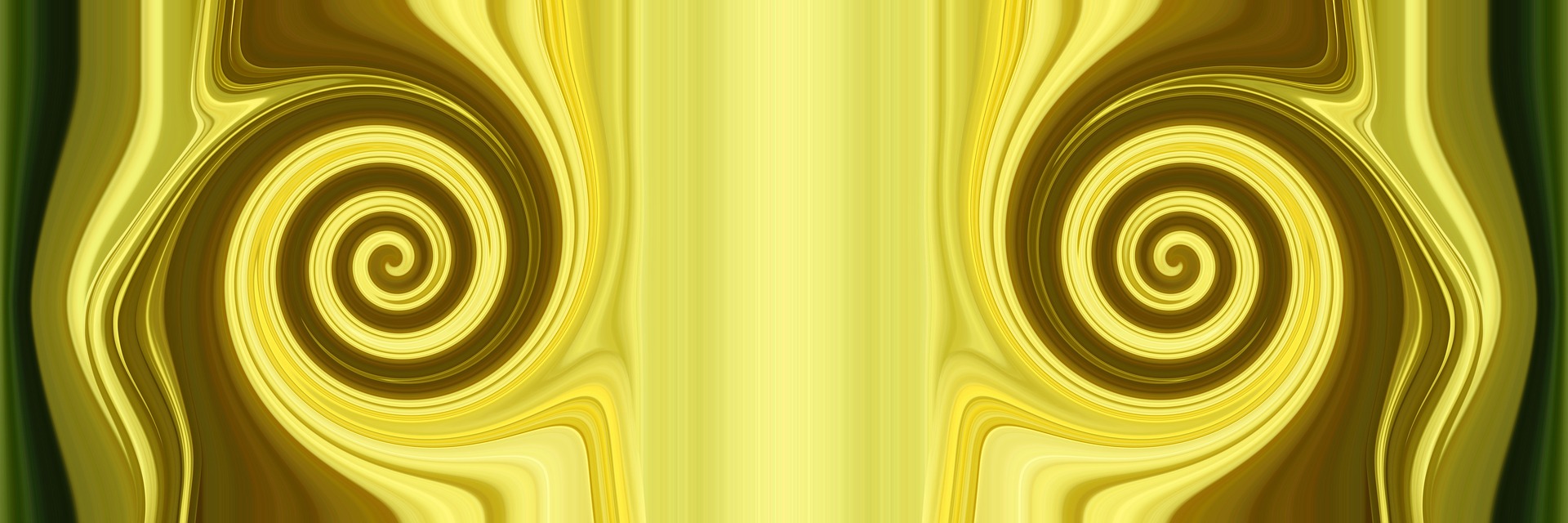
In Part 1, we introduced your face as the next computer cookie and discussed USA/UK retail applications.
In Part 2, we faced the reality that more FaceID disruptions is coming to the security industry, introduced healthcare applications, and concluded with GAFAM (Google, Apple, Facebook, Amazon, and Microsoft) investments.
In Part 3, we traveled to China, THE world's leading face recognition innovation laboratory.
In this Part 4, we look at the growing list of emerging FaceID applications, introduce defeating technologies, discuss privacy, and close the series with insights on our digitally connected future. The genie on the potential disruption and business opportunities of face recognition solutions is out of the global bottle.
The Face of an Increasingly Digital World
- Details
The Surprising Global Forward March of Facial Recognition - Part 3
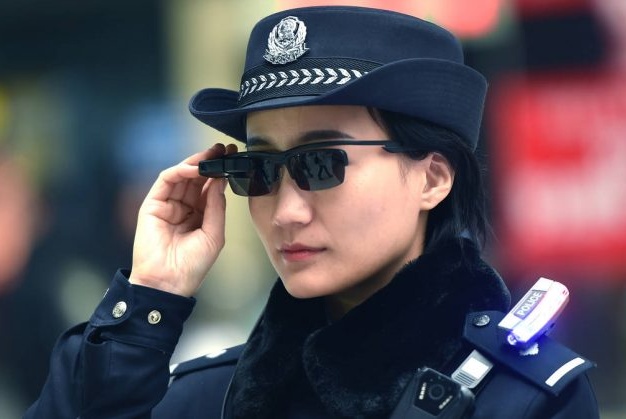
China is now THE world FaceID innovation laboratory. Country is installing over 600 million CCTV cameras, see the fining of jaywalkers through video, the pace of Asia digital retail change, and face recognition being deployed in 11,000 7-Eleven stores in Thailand.
These Cool Sunglasses Just FaceID You
- Details
The Surprising Global Forward March of Facial Recognition - Part 2

In Part 1 of this FaceID article series, we explored retail applications in USA / UK and were introduced to the face as the next computer cookie. Part 2 introduces us to GAFAM and face recognition in the security and health care industry sectors.
Security has been a primary market for face recognition for some time. Threats of terrorism and violent crime have accelerated its adoption by governments and law enforcement worldwide.
STOP, I Can Digitally See You Now
With a 25% CAGR, the security sector is leading facial recognition deployments worldwide.
From London, Tokyo, Helsinki, Rome and now to Atlanta in USA, airports worldwide are adopting FaceID solutions. Delta Airlines will soon roll out ' curb to gate' facial recognition for travelers departing out of the International Terminal F in Atlanta, the first biometric terminal in the United States. Smile for the camera at self-service check-in including baggage, through security checkpoints, and boarding your flight. Using the technology is optional and will save travelers up to nine minutes per flight.
- Details
Your Face is The Next Computer Cookie

In January 2018, in a D&D Daily "Live from NY" interview, we debated the impact of iPhoneX on FaceID technologies. This new Apple iPhoneX had just placed the disruptive future of facial recognition technology in our pockets.
Less than a year later, it is surprising to observe the continued advanced deployments of FaceID solutions, especially outside the United States. For 2018, the global facial recognition market is valued at $3.97 billion and is estimated to reach $10.15 billion by 2025 at a CAGR of 14.35% during the forecast period.
Unlocking Smartphones with Your Face is Only the Beginning
Very interesting is the mix of the major organizations investing in face recognition. Out of the top 10, eight are academic entities with most based in China. The only USA university that makes the top 10 is Carnegie Mellon. Microsoft leads the top 10 followed by Samsung which already has 186 patents in facial recognition.
Over the next several weeks, in four parts, we will delve into the latest adoption trends of facial recognition. This first post will explore selected USA / UK retail developments and introduce FaceID as your computer cookie.
- Details
Five Reasons FREITAG Epitomizes the Future of Retail
Retail inspiration can be found in every corner of the world and for this blog post we visit Switzerland. FREITAG is the quiet Zurich based fashion accessory brand selling over 300,000 of its unique products across the globe every year.
"In 1993 graphic designers Markus and Daniel Freitag were looking for a functional, water-repellent and robust bag to hold their creative work. Inspired by the multicolored heavy traffic that rumbled through the Zurich transit intersection in front of their flat, they developed a messenger bag from used truck tarpaulins, discarded bicycle inner tubes and recycled car seat belts.” Their first core product became a designer bag with a conscience.
- Details
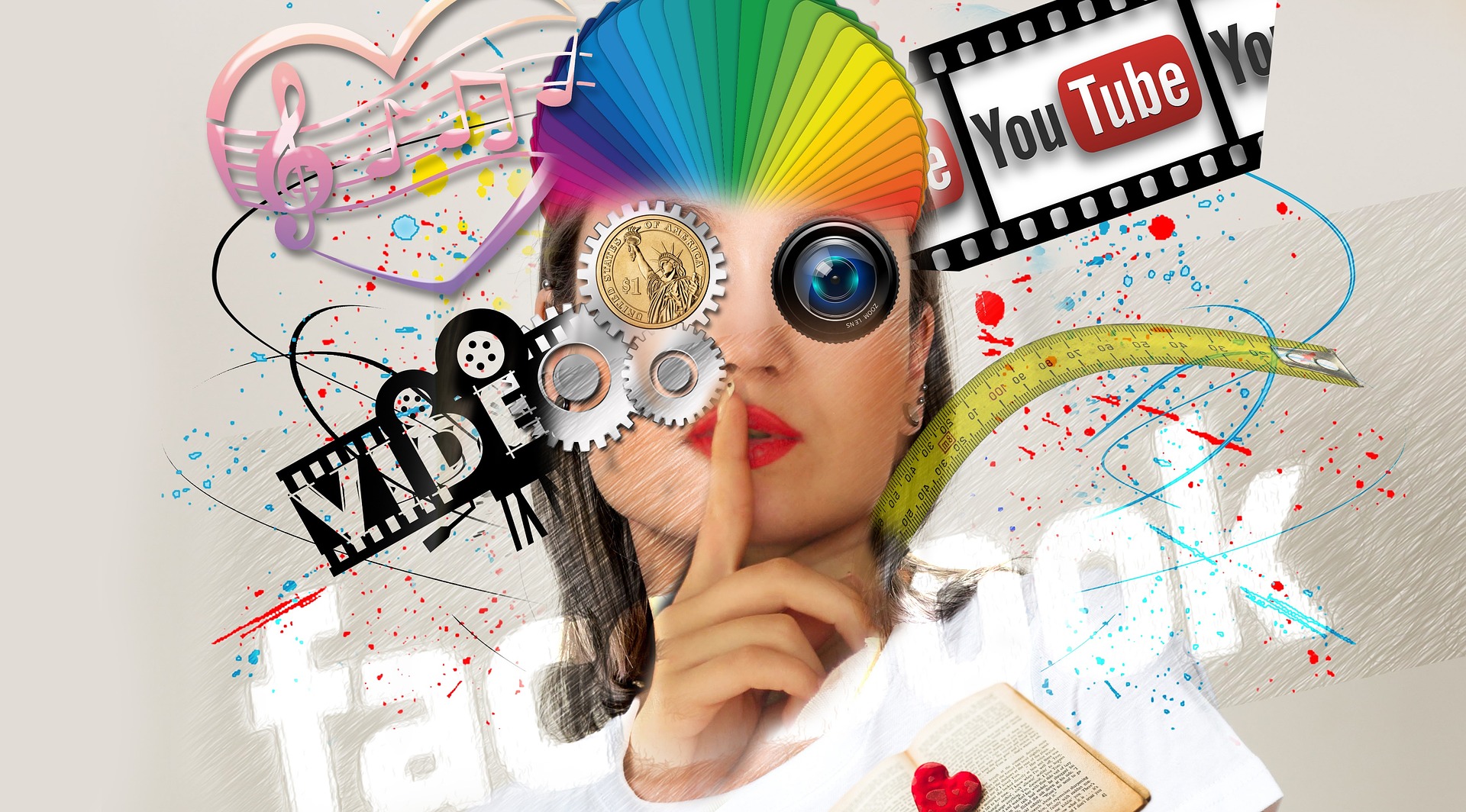
The Internet, mobile and social media have forever transformed the distribution of viral messaging. No longer the best kept secret, at the center of successful communication is the medium of video.
82% of Twitter users watch video content on Twitter. More than 500 million hours of videos are watched on YouTube each day. Ten million videos are watched on Snapchat per day. Over 500 million (half a BILLION) people are watching video on Facebook every day. The Top 10 YouTube stars of 2017 generated over $110 million in personal pre-tax income. Every second, a million minutes (17,000 hours) of video content will cross global IP networks by 2021.
Having a passion for powerful visual communications, weekly through my personal website I share one to three new videos. As we enter the fourth quarter, it is time to showcase my 2018 top five amazing innovation leadership videos.
Five Technologies Changing Shopping Malls Forever
- Details
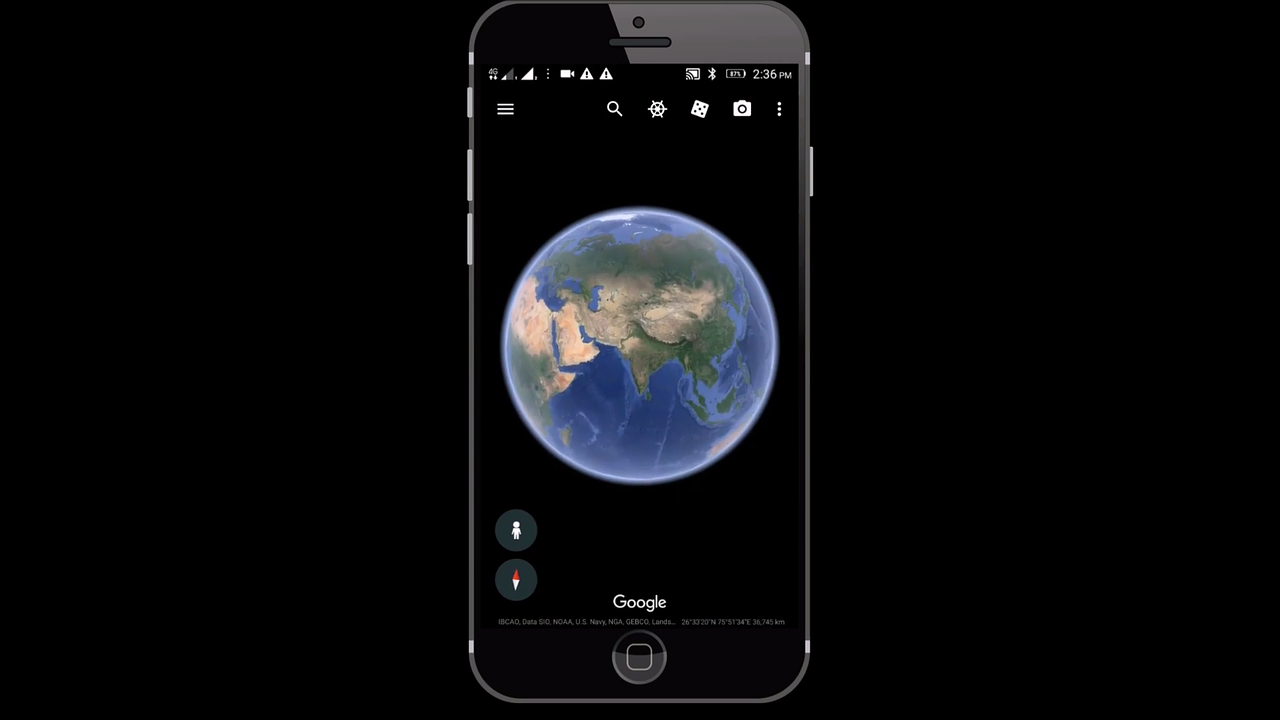 Frictionless secure commerce coupled with immersive customer experiences have been on my mind for some time. Engaging with an in-store geolocation security company and new updated data on internet connectivity, growth of smartphones, and the Internet of Things (IoT) inspired this post.
Frictionless secure commerce coupled with immersive customer experiences have been on my mind for some time. Engaging with an in-store geolocation security company and new updated data on internet connectivity, growth of smartphones, and the Internet of Things (IoT) inspired this post.
Future consumer in-store interactions will include autonomous digital conversations with physical products. As discussed in a previous post, increased digital interactions will create brand ambassadors of both consumers and store associates.
For those individuals focused on securing commerce, that same digital exchange will lead to innovative applications such as geolocation solutions that will dramatically reduce retail crime. As an example, the geolocation security company mentioned above has so far in 2018 taken nearly 600 criminals off USA streets and led to the recovery of over $5 million of in-store physical assets.
- Details


